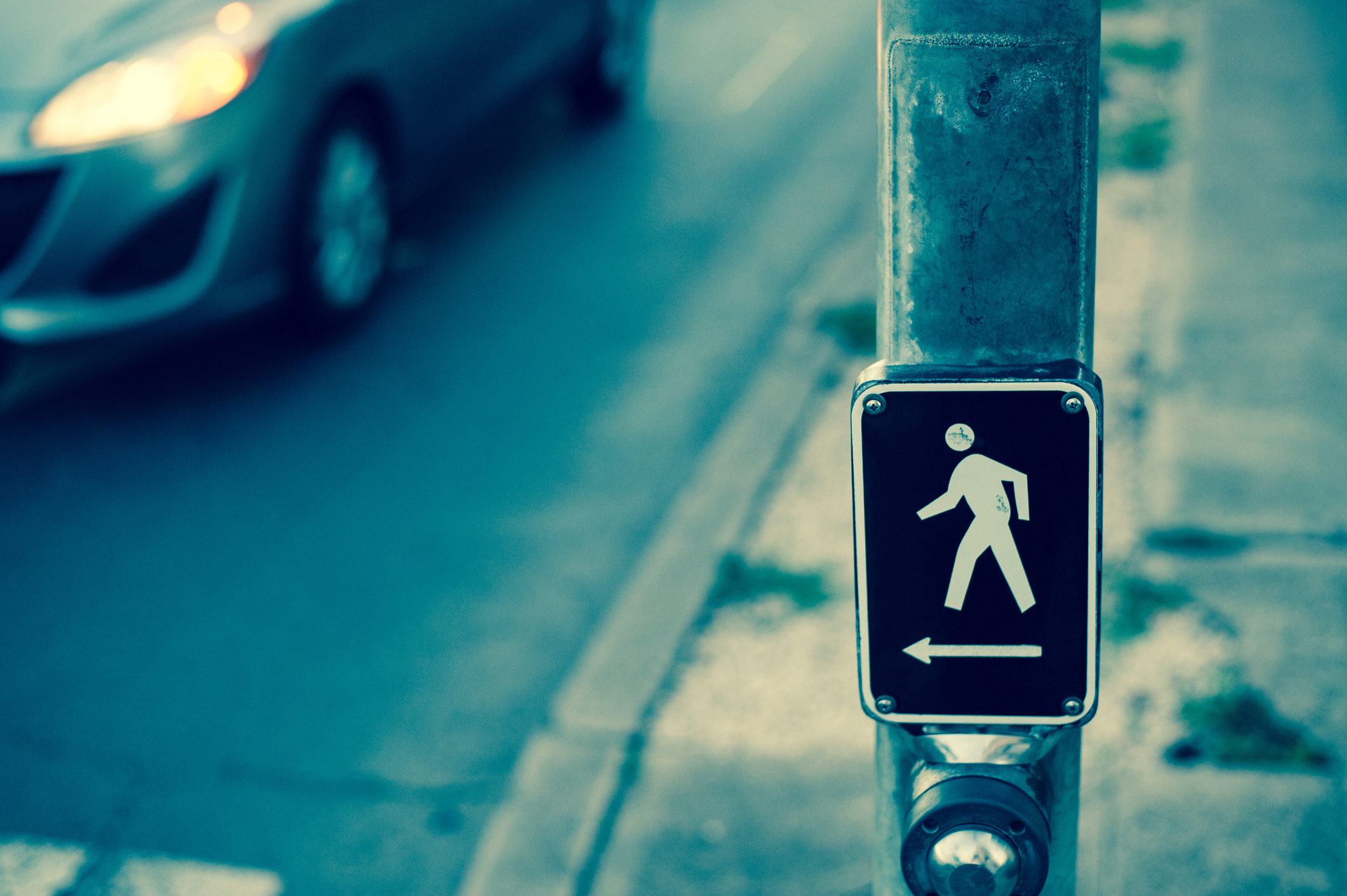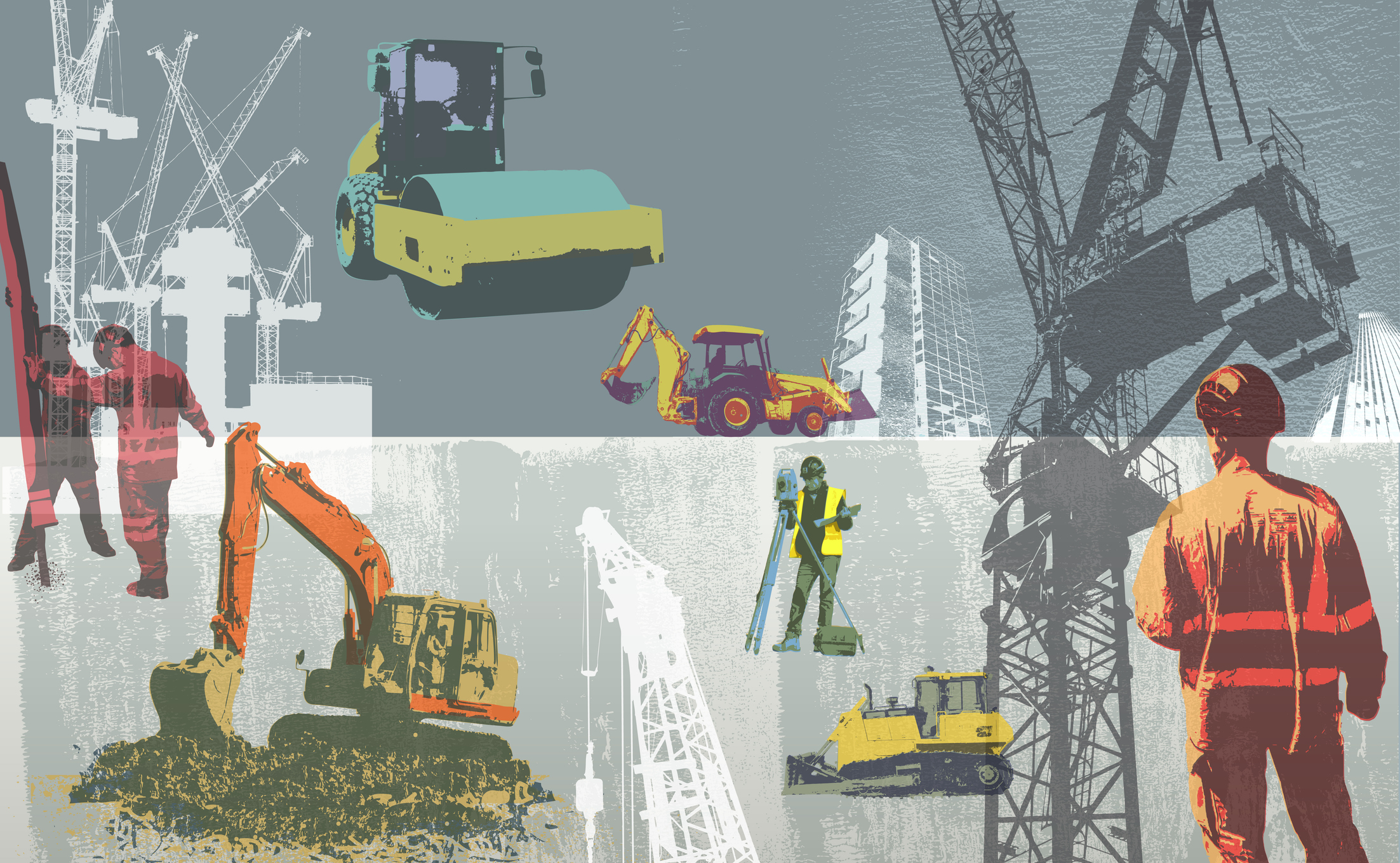5 High-Impact Claims Trends Affecting Public Entities
From road design to police conduct, public entities face the potential for an increasing amount of claims with serious financial and legal impact. Discover the trends driving litigation and how to stay ahead of costly exposures.
June 30, 2025

For public entities, several categories of claims are surfacing more frequently with increasing severity. Additionally, evolving legal landscapes and heightened public scrutiny create greater financial and reputational consequences.
“Many of these claims involve allegations that a public entity knowingly failed to act on a hazard, like a nuisance tree, a dangerous intersection, or a correctional facility with unsafe conditions,” said Susan Thomson, Public Entity Underwriting Director at Safety National. “Unfortunately, with the pressures of legal system abuse, these claims can result in nuclear or even thermonuclear verdicts that exceed $100 million. It is critical that public entities not only document issues but also work diligently to address civilian complaints promptly.”
Here we highlight five claim trends currently impacting public entities.
1. Road Design
Allegations of poor or unsafe roadway design are gaining traction, particularly in cases involving high-accident corridors or pedestrian injury zones. Additionally, as infrastructure ages and traffic volume increases, there is a greater chance for a potential incident. Plaintiffs often argue that municipalities knew about a hazard and failed to address the issue, whether through community complaints, previous accidents, or traffic studies. Road design claims may include dangerous curves or grades, inadequate signage or lighting, poor drainage causing hydroplaning, lack of guardrails, improper placement of intersections or crosswalks, or failure to account for a known hazard, like a high-accident area.
Early documentation and engineering assessments are crucial defenses for public entities, and that starts with building the right team to manage ongoing design changes. Experience matters when hiring a city designer, engineer, and/or contractor. They should be able to easily identify areas of concern and know how to prioritize maintenance and repairs. Even considerations for climate change should be addressed, as heat stress has a damaging influence on roadways.
2. Tree Liability
Tree liability claims typically occur when a limb falls and causes personal injury or property damage, but they can also include root-related infrastructure damage or visual obstruction for drivers or pedestrians. Public entities are responsible for maintaining trees on public land, with liability typically determined by whether the public entity had prior knowledge or should have known about the hazard. Like road design claims, regular inspections and documentation are crucial to demonstrating a municipality’s diligence in maintaining trees.
Public entities may hire a tree specialist or arborist to inspect trees regularly, which can be critical in preventing incidents. They may use geospatial tools to map tree locations, track trees’ conditions, and plan proactive maintenance. If an issue is identified, they will coordinate with public works to remove limbs and problematic roots.
3. Police Liability
Law enforcement continues to be a high exposure with pursuit liability and use-of-force incidents contributing to claims. High-speed chases resulting in injury or death often end in negligence claims, especially when pursuit policies are unclear or inconsistently enforced. Use-of-force incidents remain among the most expensive claims. They can also be controversial with increased focus on officer training, body cam usage, and departmental policies.
Public entities should hold a use-of-force, accident, and injury review for every incident and utilize it during officer performance evaluations. These reviews may help find ways to improve procedures, policies, and outcomes. While these meetings can be time-consuming, and law enforcement may bristle at holding such reviews, the litigious environment surrounding police conduct requires more scrutiny.
4. Sexual Abuse and Molestation (SAM)
SAM claims remain a top loss leader in both severity and reputational impact. Legacy claims, gaps in supervision, and insufficient reporting have kept this under intense focus, particularly in schools and youth programs. Additionally, several states have reviver statutes that allow adult abuse survivors to file civil lawsuits even if the statute of limitations for those claims has expired. For public entities with already limited funds, these claims can be devastating.
There are key elements to preventing sexual abuse, including:
- Explicitly defined policies around what behaviors are allowed and prohibited
- Background checks with screenings conducted by private companies
- Training and supervision for all staff
- Reporting procedures that include anonymous options
- Thorough investigations
5. Jail and Correctional Facilities
Liability issues in jails, from inmate injury and suicide to medical neglect, continue to challenge public entities. With these individuals under the direct supervision of the government, there is an increased obligation of care. For example, suppose a correctional officer improperly monitors an inmate with known mental health concerns, or there is a lack of suicide prevention protocols. In that case, their family may claim there was a failure to prevent suicide despite known risk factors. Other claims can include excessive use of force, unsafe confinement conditions, medical neglect, or a failure to protect.
Incident prevention in jails begins with staff training and documentation. All medical requests, grievances, and incidents should be recorded. Inmates should also be classified to assess risk levels, reviewing their violent history, mental health, and suicidal tendencies. Clear intake and follow-up care protocols are necessary to ensure appropriate medical and mental health access. Surveillance and reporting are essential in correctional facilities with cameras in high-risk zones to ensure transparency.

























